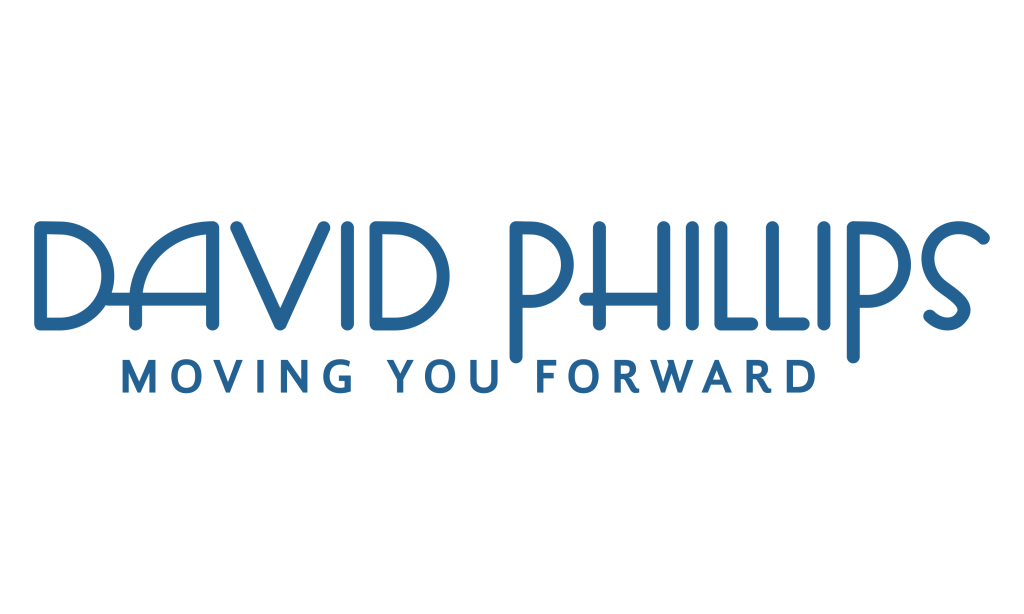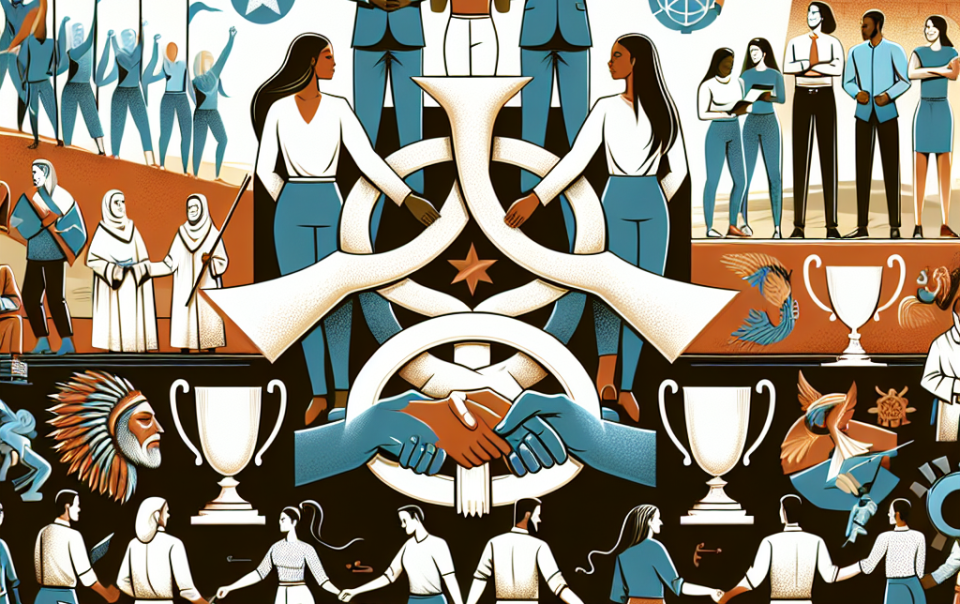
The Integrity and Thomas Jefferson: Discover How to Balance Style with Unwavering Principles
Have you ever noticed how some leaders seem to glide effortlessly through changing times, while others stumble? It’s not just luck or charm—they have something much deeper: integrity. Integrity isn’t just a buzzword; it’s the foundation that supports strong leadership, especially when navigating the ever-shifting landscape of style, trends, and societal expectations.
The Importance of Adaptability in Personal Style
Adaptability in personal style means being open to change while staying true to who you are. Imagine a leader who always wears the latest fashion trends. While they might look current, constantly changing their style can make it hard for others to see their true self. Adaptable leaders know when to update their look without losing their unique identity.
Adaptability also involves being flexible in how you present yourself in different situations. For example, a leader might dress more formally for a business meeting and casually for a team-building event. This flexibility helps them connect with diverse groups while maintaining their core identity.
Moreover, adaptable leaders use their personal style as a tool to inspire and lead. By embracing slight changes and showing readiness to evolve, they demonstrate resilience and openness, key traits that encourage their team to also be adaptable in facing challenges.
Embracing Trends Without Compromising Your Identity
Following trends doesn’t mean abandoning your individuality. Leaders who embrace current trends can stay relevant and show they are in touch with the world around them. However, it’s crucial to pick trends that align with your values and personality. This balance ensures you stay authentic while still being modern.
For instance, integrating sustainable fashion trends can reflect a commitment to environmental responsibility, a value important to many organizations today. By choosing eco-friendly materials or brands, leaders signal their dedication to both style and ethical principles.
Furthermore, embracing trends thoughtfully can enhance your leadership presence. It shows that you’re proactive and aware of what’s happening in your industry, which builds trust and respect among peers and team members.
Balancing Creativity and Conformity in Expression
Finding the right balance between creativity and conformity can be challenging, especially in leadership roles. Creative expression allows leaders to showcase their unique perspectives and innovative ideas. However, too much deviation from the norm can sometimes confuse or alienate team members.
Effective leaders blend creativity with conformity by understanding when to innovate and when to adhere to established norms. For example, introducing a unique approach to a traditional process can lead to improvements without causing disruption.
This balance also helps in creating an inclusive environment where team members feel encouraged to express their own creativity while respecting the collective goals and standards of the organization.
Defining Core Principles in a Fluid World
In a world that is constantly changing, having clearly defined core principles provides stability. These principles act as a compass, guiding leaders through uncertain times. They ensure that decisions are made consistently, regardless of external pressures or shifting trends.
For example, a leader who prioritizes honesty will maintain transparency even when it’s tempting to hide the truth to avoid conflict. This steadfastness builds trust and sets a strong ethical foundation for the entire team.
Additionally, clearly defined principles help in setting expectations and shaping the organizational culture. When everyone understands and adheres to these core values, it creates a unified and cohesive working environment.
The Role of Integrity in Decision Making
Integrity plays a crucial role in decision-making processes. Leaders with integrity make choices based on what is right, not just what is easy or beneficial in the short term. This approach fosters trust and respect from their team and stakeholders.
For instance, when faced with a difficult decision, a leader with integrity will consider the ethical implications and long-term consequences. They prioritize fairness and honesty, ensuring that their actions align with their values and the organization’s mission.
Moreover, integrity in decision making sets a positive example for the team. It encourages others to act ethically and reinforces a culture of accountability and responsibility within the organization.
Navigating Social Expectations with Authenticity
Leaders often face social expectations that can pressure them to conform. Navigating these expectations while staying authentic requires a strong sense of self and unwavering commitment to one’s values.
For example, a leader might feel pressured to adopt a certain image to fit in with industry norms. However, maintaining authenticity means staying true to personal values and beliefs, even if it means standing out from the crowd.
Authentic leadership inspires others to do the same. It creates an environment where team members feel comfortable being themselves, which can lead to increased creativity, engagement, and overall job satisfaction.
Examples of Standing Firm on Ethical Grounds
There are countless examples of leaders who have stood firm on their ethical grounds, even when it was difficult. One notable example is Mary Barra, CEO of General Motors, who prioritized transparency and accountability during the company’s ignition switch crisis. Her decision to address the issue head-on demonstrated steadfastness and moral conviction.
Another example is Satya Nadella, CEO of Microsoft, who focused on creating an inclusive and ethical company culture. His leadership emphasized integrity and ethical behavior, which has helped build trust and loyalty both within the organization and among customers.
These leaders show that standing firm on ethical grounds can lead to long-term success and respect, proving that integrity is not just a moral choice but also a strategic advantage in leadership.
The Impact of Consistent Principles on Relationships
Consistent principles are vital in building and maintaining strong relationships. When leaders consistently adhere to their values, they create a reliable and trustworthy environment. Team members know what to expect and feel secure in their interactions.
For example, a leader who consistently values and practices open communication fosters a culture of trust and transparency. This consistency encourages team members to share ideas and concerns openly, leading to better collaboration and problem-solving.
Furthermore, consistent principles help in resolving conflicts and making fair decisions. When everyone understands and trusts the leader’s values, it reduces misunderstandings and promotes harmonious relationships within the team.
Developing Resilience in Upholding Your Beliefs
Resilience is essential for upholding your beliefs, especially when facing opposition or challenges. Leaders with resilience remain committed to their values, even in the face of adversity, demonstrating unwavering dedication to their principles.
For instance, during economic downturns or organizational crises, resilient leaders stay focused on their core beliefs, making decisions that align with their ethical standards rather than succumbing to pressure for short-term gains.
This resilience not only strengthens the leader’s character but also inspires the team to remain steadfast in their own commitments. It fosters a sense of stability and confidence, knowing that their leader will remain true to their values regardless of the circumstances.
Cultivating a Flexible Approach to Aesthetic Choices
A flexible approach to aesthetic choices allows leaders to adapt their personal style to different contexts without losing their identity. This flexibility is important in leadership, where the ability to present oneself appropriately in various settings can enhance credibility and relatability.
For example, a leader might choose a more formal attire for important presentations while opting for a casual look during team meetings. This adaptability shows that they can navigate different environments effectively while maintaining a consistent personal brand.
Additionally, being flexible with aesthetic choices can encourage creativity and innovation within the team. It signals that the leader values diversity and is open to new ideas, which can lead to a more dynamic and motivated workforce.
Conclusion
Integrity is the cornerstone of effective leadership, blending steadfastness with adaptability. By embracing trends without compromising your identity, balancing creativity with conformity, and defining core principles in a fluid world, leaders can navigate the complexities of modern leadership with authenticity and resilience.
Standing firm on ethical grounds and maintaining consistent principles not only builds strong relationships but also fosters a trustworthy and reliable organizational culture. Developing resilience and cultivating a flexible approach to aesthetic choices further enhances a leader’s ability to inspire and guide their team effectively.
In today’s rapidly changing environment, integrity ensures that leaders remain true to their core beliefs while adapting to new challenges. It’s this unwavering commitment to values and ethics that ultimately drives long-term success and meaningful impact. How do you incorporate integrity into your leadership style? Share your experiences and thoughts below!




